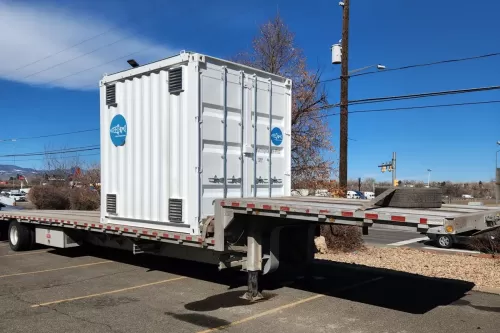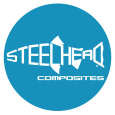Steelhead Composites Historical Timeline
2012
Steelhead Composites was founded in 2012 in response to an immediate need for a lightweight hydraulic accumulator solution for the hydraulic hybrid vehicle market. With no companies truly focusing on lightweighting hydraulics, Steelhead Composites entered the marketplace.
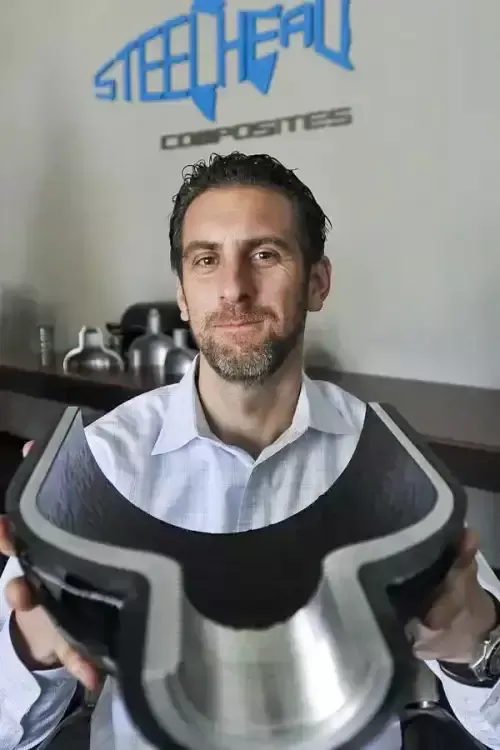
2014
Steelhead Composites developed and executed a lightweight pressure accumulator to accommodate manufacturers of light-duty trucks and busses trying to improve fuel efficiency for large fleet vehicles. Made of a lightweight aluminum core, over-wrapped with carbon fiber, and fitted with a "large mouth" opening (just like a "Steelhead" fish), these vessels are the core of Steelhead Composites technologies.
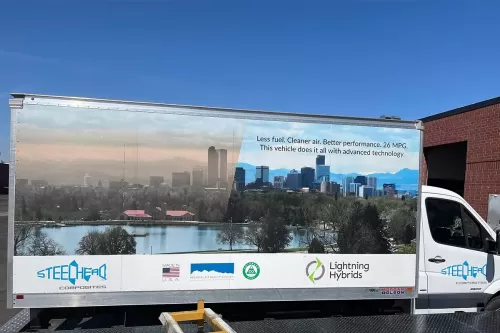
2015
In 2015, Steelhead Composites shipped their first international product and manufactured their 1,000th vessel. While the hydraulic hybrid market did not materialize in great numbers, Steelhead took the composite bladder accumulators to solve problems in other industries where the lightweight and corrosion resistance were important, such as oil platforms.
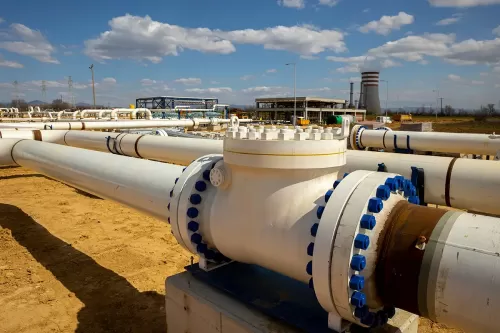
2016
In 2016, Steelhead Composites was approached independently by F1 race teams and robotics manufacturers requesting smaller components — in particular 0.5 L and 2.0 L diaphragm accumulators. We quickly produced and validated units and shipped them by the end of the year. Simultaneously, the mobile machinery market demanded lightweight piston accumulators and hydraulic cylinders. Steelhead Composites rapidly reacted and was granted a piston patent in Q3 2016. A working prototype was delivered by the end of the same year.
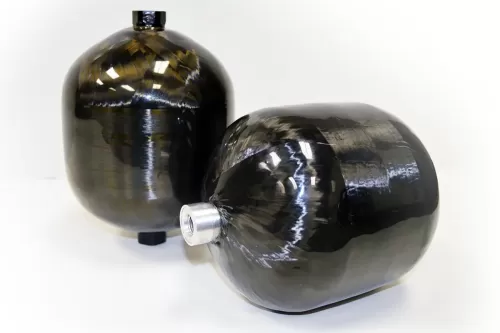
2017
In 2017, Steelhead Composites engaged their fully digital shop floor, advanced manufacturing process, and design capabilities to extend their product offerings to several markets including compressed natural gas (CNG) vessels, gaseous hydrogen storage vessels for fuel cell cars and industrial gas transportation cylinders. 2017 marked an increase in our ability to better serve the automotive market with products perfectly suited for active hydraulic suspensions.
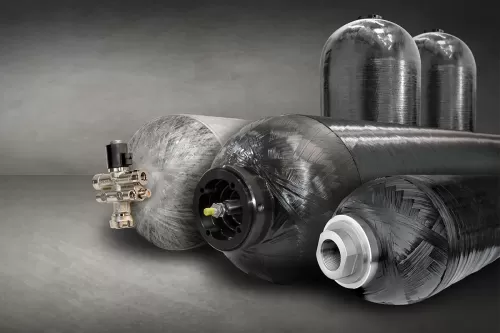
2018
In 2018 we continued to grow as Steelhead ended the year with 75 customers and products everywhere from outer space to the ocean floor. We shipped our first 700 bar hydrogen cylinders, demonstrated linerless vessel manufacturing capabilities and validated/began production of plastic lined composite wrapped pressure vessels. As a testament to our commitment to the environment, we completed our ISO 14001 environmental management system.

2019
Steelhead Composites expands spacecraft products to include NASA Space Technology Mission Directive (STMD) compatible Composite Overwrapped Pressure Vessels (COPVs) to reduce weight and increase safety. The company also received the “Gold Leader” award in the Colorado State Environmental Leadership Program (ELP).

2020
As the world was struck by the COVID-19 pandemic, Steelhead pivoted towards manufacturing much-needed medical gas storage to supplement pop-up hospitals and treatment centers. Their lightweight pressure vessels would ease the transport and swap operations for critical care. Steelhead Composites was selected as a finalist for a Startup Booster at the JEC World Composites event in Paris, France.
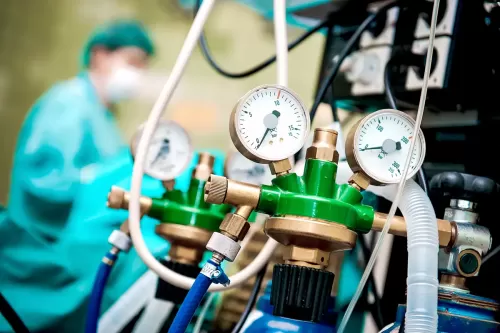
2021
In 2021, Steelhead Composites doubled its manufacturing capacity with the addition of a facility in Wheat Ridge, Colorado (close to the company's headquarters in Golden, Colorado). Investing in state-of-the-art equipment, the company dedicates this facility to the production of Type IV pressure vessels.
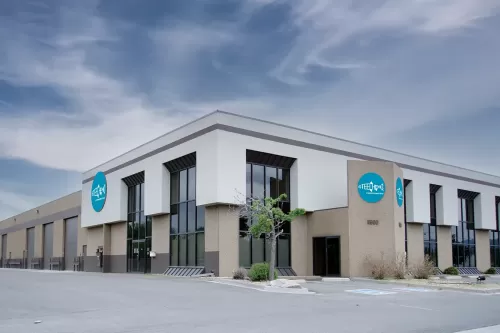
2022
Steelhead Composites receives ASME certification for its Fiber-Reinforced Polymeric Pressure Vessels. Steelhead is authorized for all three classes of vessel design, enabling Steelhead to deliver their novel HydrogenCube™ Containerized (MEGC) storage systems for grid-scale fuel cells, gas turbines, hydrogen buffer storage, green ammonia generation, and other stationary applications.
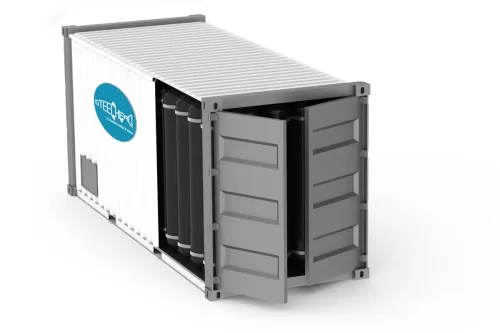
2023
Steelhead begins deliveries of mass-storage HydrogenCubes featuring an integrated design for smart thermal management and remote status and safety monitoring. This picture shows one of the four recently installed and commissioned HydrogenCubes with 1.2 tons of total hydrogen storage (approximately 24MWh, enough power for 28,800 homes for an hour).
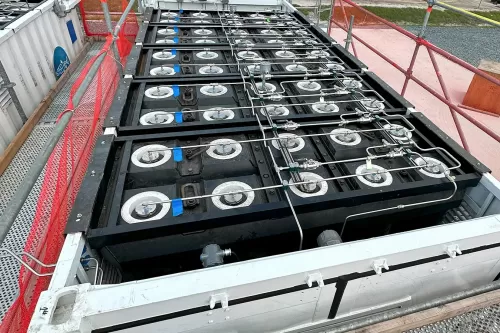
2024
Growing demand for mass high-pressure storage of hydrogen drives the production and delivery of Steelhead Composites HydrogenCubes. Available in 10, 20, and 40 foot configurations to match customer needs.
